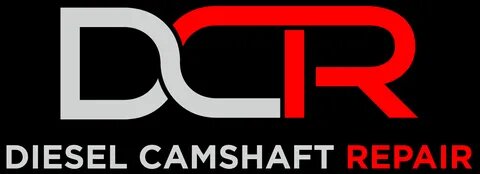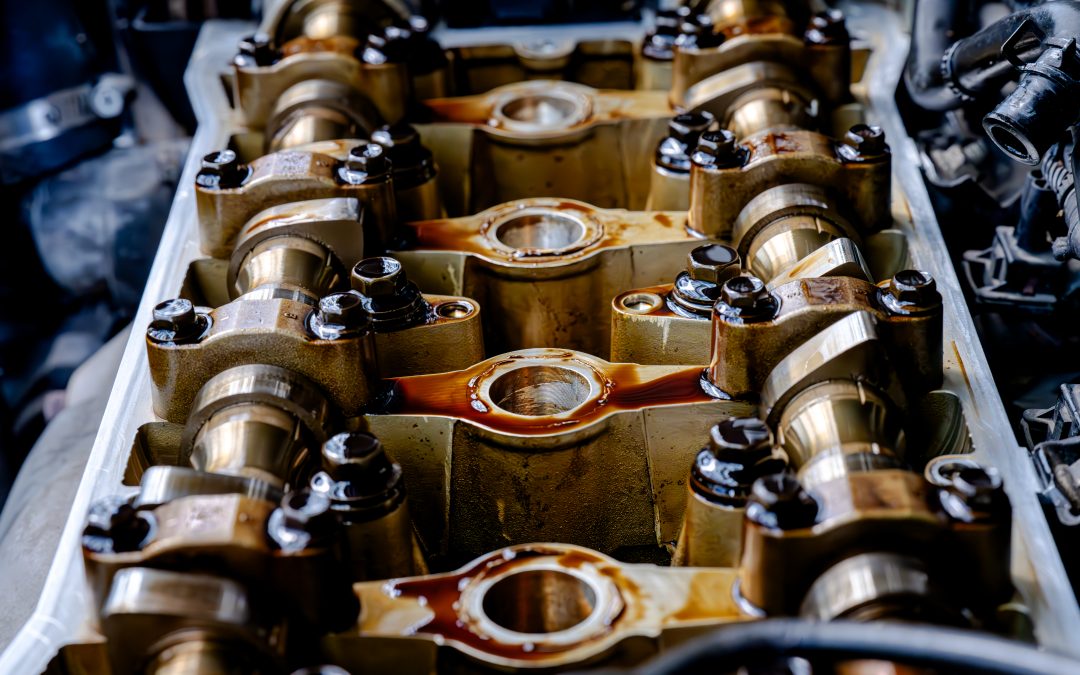Diesel engines rely on the camshaft for smooth operation and top performance. This vital part is responsible for controlling the timing of the engine’s valves, allowing for efficient fuel combustion. What happens when the camshaft starts to wear out?
Over time, the constant friction and high-pressure environment can cause significant camshaft wear and tear. This wear can lead to a range of issues, from reduced fuel efficiency to a noticeable drop in engine power. Let’s explore how camshaft wear affects fuel economy and engine performance over time.
Diesel Camshaft Wear: What is a Camshaft and Why is it Important?
The camshaft is a crucial part of an engine, responsible for opening and closing the engine’s valves at the right times. These valves control the flow of air and fuel into the engine and the expulsion of exhaust gases out of it. Proper timing of these operations allows the engine to run efficiently.
If the timing is off, the engine can’t breathe correctly, leading to poor performance and wasted fuel. The camshaft ensures that the valves open and close in sync with the pistons’ movement, making sure the engine operates smoothly. Without a properly functioning camshaft, an engine can’t deliver the power and efficiency needed for optimal performance.
Understanding Camshaft Wear
Over time, the camshaft can experience wear and tear. This wear is usually due to constant friction and the high-pressure environment in which it operates. The camshaft lobes, which are the raised portions that push against the valves, can become worn down.
When these lobes wear out, they can’t open the valves as fully or as precisely as they should. This means the engine can’t get the right amount of air and fuel mixture, which is essential for efficient combustion. As a result, the engine’s performance can decline, and fuel efficiency can suffer.
Effects on Fuel Economy
Reduced Air Intake:
When camshaft lobes wear down, they can’t open the intake valves as wide as they should. This limits the amount of air entering the engine, which is crucial for mixing with the fuel. Without enough air, the fuel doesn’t burn completely, leading to incomplete combustion. This means that not all the fuel is being used efficiently, causing the engine to waste fuel.
This issue causes the engine to work harder to produce the same amount of power, which decreases fuel efficiency. This inefficiency means you end up using more fuel than necessary, leading to higher fuel costs. This can become a significant problem, especially if the wear on the camshaft is not addressed. Proper air intake is essential for the engine to perform optimally and maintain good fuel economy.
Increased Fuel Consumption:
As the engine struggles to get enough air due to worn camshaft lobes, it compensates by burning more fuel to produce the same amount of power. This increased fuel consumption directly affects your fuel economy, meaning you’ll need to refuel more often. The engine becomes less efficient over time, as it has to work harder and burn more fuel to achieve the same power output.
Consequently, your vehicle’s fuel costs rise, and you get fewer miles per gallon. This not only impacts your wallet but also increases the wear and tear on other engine components, potentially leading to more maintenance issues. This clearly indicates that the engine is not running as efficiently as it should be, largely due to camshaft wear.
Effects on Engine Performance
Loss of Power:
With worn camshaft lobes, the engine struggles to draw in enough air needed for proper combustion. This lack of sufficient air means that the fuel can’t burn as efficiently, which results in a noticeable drop in engine power.
You might feel your vehicle becoming sluggish and less responsive, especially when you try to accelerate. The engine’s overall performance suffers, and it becomes harder to achieve the power and speed you’re used to. This drop in power can make driving less enjoyable and more frustrating.
Rough Idling and Misfires:
Camshaft wear can cause the engine to run unevenly, particularly at low speeds. When the camshaft lobes are worn, the timing of the valve openings and closings becomes irregular. This irregular timing can lead to rough idling, where the engine feels shaky or unstable when you’re stopped or idling.
You might also experience misfires, where the engine stutters or momentarily loses power while running. These issues make the engine feel less smooth and can be quite noticeable during everyday driving. If your vehicle exhibits these symptoms, camshaft wear might be the culprit affecting the engine’s performance.
Increased Emissions:
When camshaft wear causes incomplete combustion, the engine doesn’t burn fuel as efficiently. This not only wastes fuel but also leads to the release of more harmful emissions, such as unburned hydrocarbons and carbon monoxide. Your vehicle may fail emissions tests, which are designed to measure and control pollution.
Higher emissions mean that your car contributes more to air pollution, which is harmful to the environment and public health. Additionally, increased emissions can lead to higher costs for repairs and compliance with environmental regulations. Keeping an eye on camshaft wear can help reduce these harmful effects and keep your vehicle running cleaner.
Long-Term Implications
Ignoring camshaft wear can lead to more severe engine damage over time. When the camshaft is worn, it puts extra stress on other engine parts, as they have to work harder to compensate. This additional strain can cause these components to wear out more quickly, leading to more frequent and costly repairs.
The damage can spread, potentially leading to major engine issues. By keeping up with regular maintenance and replacing worn camshafts on time, you can avoid these problems. This proactive approach not only saves you money in the long run but also helps keep your engine running smoothly and efficiently.
Camshaft wear is a significant factor that can negatively impact the efficiency and performance of your diesel engine. By understanding the role of the camshaft and the effects of its wear, you can take proactive steps to maintain your engine’s health. Regular maintenance and paying attention to early signs of wear can help you avoid costly repairs and ensure your engine runs smoothly and efficiently for years to come.

